Best known for Guinness beer, shamrocks, and being lucky, Ireland is a country with a long history and stunning landscapes. For many travelers, the allure of the Emerald Isle, with its rolling fields of green and exquisite historical sites, has made it a strong contender in the world’s top travel destinations.
Ireland dazzles with entertainment, and you can hop from the countryside to the city to explore all the highlights and hotspots.
Fáilte Roimh Chách – Welcome to Ireland!
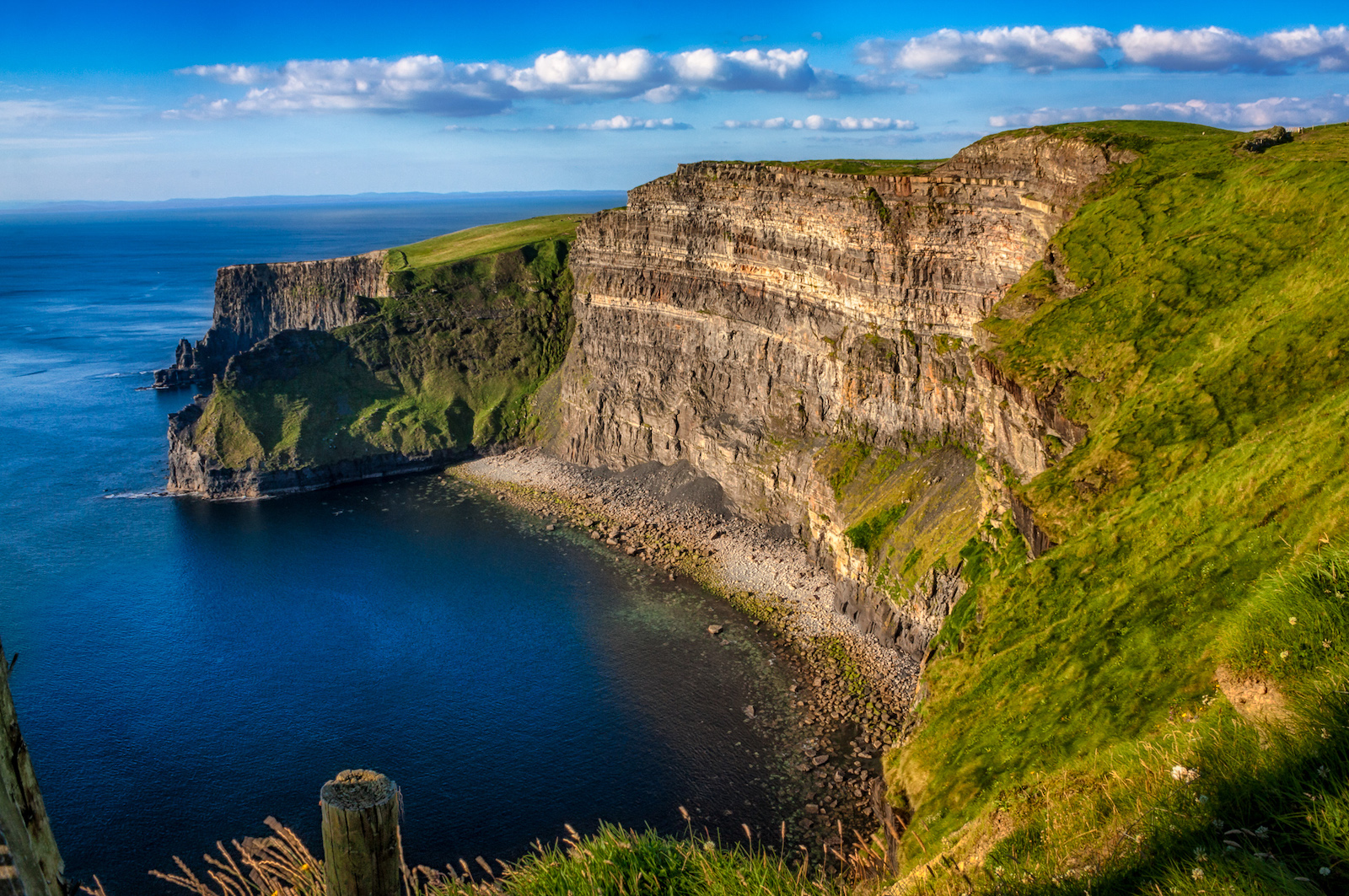
Some of the country’s most famous delights include cities, sites, and landscapes. Dublin and Belfast are the two most popular cities with big reputations. History is alive at Brú na Bóinne and Glendalough, which are just some of the famous ruins throughout the country.
Finally, the picture-perfect landscapes also make Ireland famous, and some of their most mesmerizing locations include the Giant’s Causeway and Donegal. Packed with personality, Dublin is Ireland’s capital city and the most famous in the country.
With ancient roots, Dublin has remained on top since the 9th century and peaked by the 18th century with a myriad of medieval cathedrals and castles. Today, the future of Ireland is diverse, and with an influx of immigration to its shores, Dubliners may come from all corners of the world.
With friendly locals, the best way to experience the city is to get out and stroll the cobblestone streets or classic pubs.
- Culture and History
- Spending Budget
- How to Get Around
- Top Cities to Visit
- Points of Interest
Culture and History
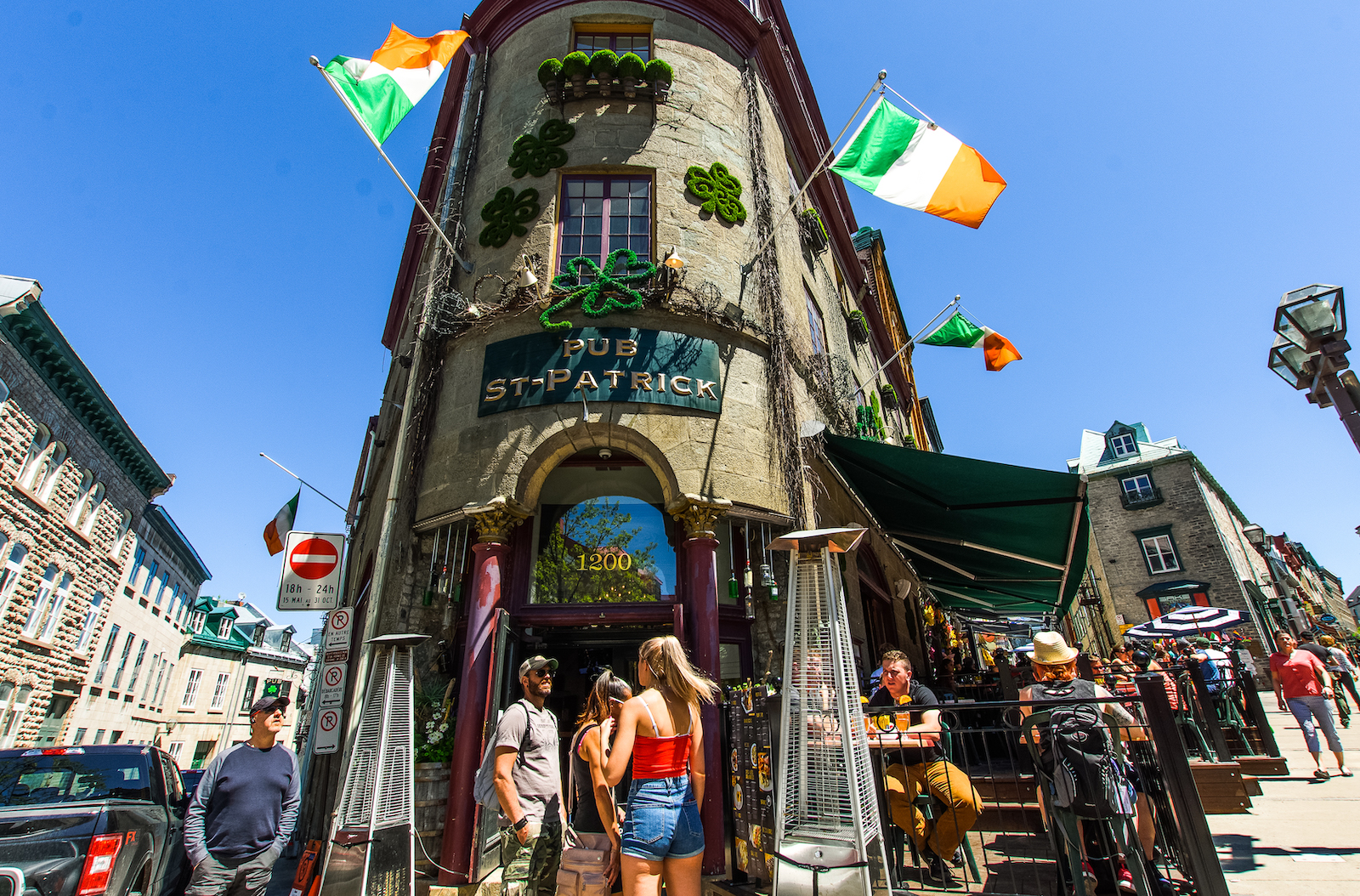
Ireland History
With 12,500 years of human presence, Ireland has a long and storied history that has influenced and shaped the country into what it is today. The first recorded and confirmed humans in Ireland were the Mesolithic hunter-gatherers, who appeared around the year 7900 BC. By 4000 BC, the people began to advance and develop their own agriculture on the land.
In 482 AD, one of Ireland’s icons, St. Patrick, worked to convert the people to Christianity, which was the country’s first brush with religion. It wasn’t until the Viking raids in 795 AD, that the country blossomed. While the brutality of the Vikings originally oppressed the people, the founded towns and trade ports helped to grow Ireland’s economy.
After the Vikings, the numerous kingdoms throughout the nation that had once been united again divided and faced a new enemy – the Normans. The Normans conquered Ireland for several hundred years and left their most famous marks upon the land by building new castles and towers. Ireland longed for independence and began to rebel.

The Great Famine from 1845 to 1849 devastated the people and affected their potato crops. Recovery would take several years, but still, the Irish people pushed on and demanded independence. In 1922, Ireland gained that independence and headed into the 21st century with a bright future.
Ireland is still divided by the North and South. Northern Ireland actually has an entirely different political system and is governed by the United Kingdom.
The rest of Ireland is completely independent. For travelers, it can be difficult to find the dividing line because the border is completely open. Instead, the difference is in culture and politics.
Irish Culture
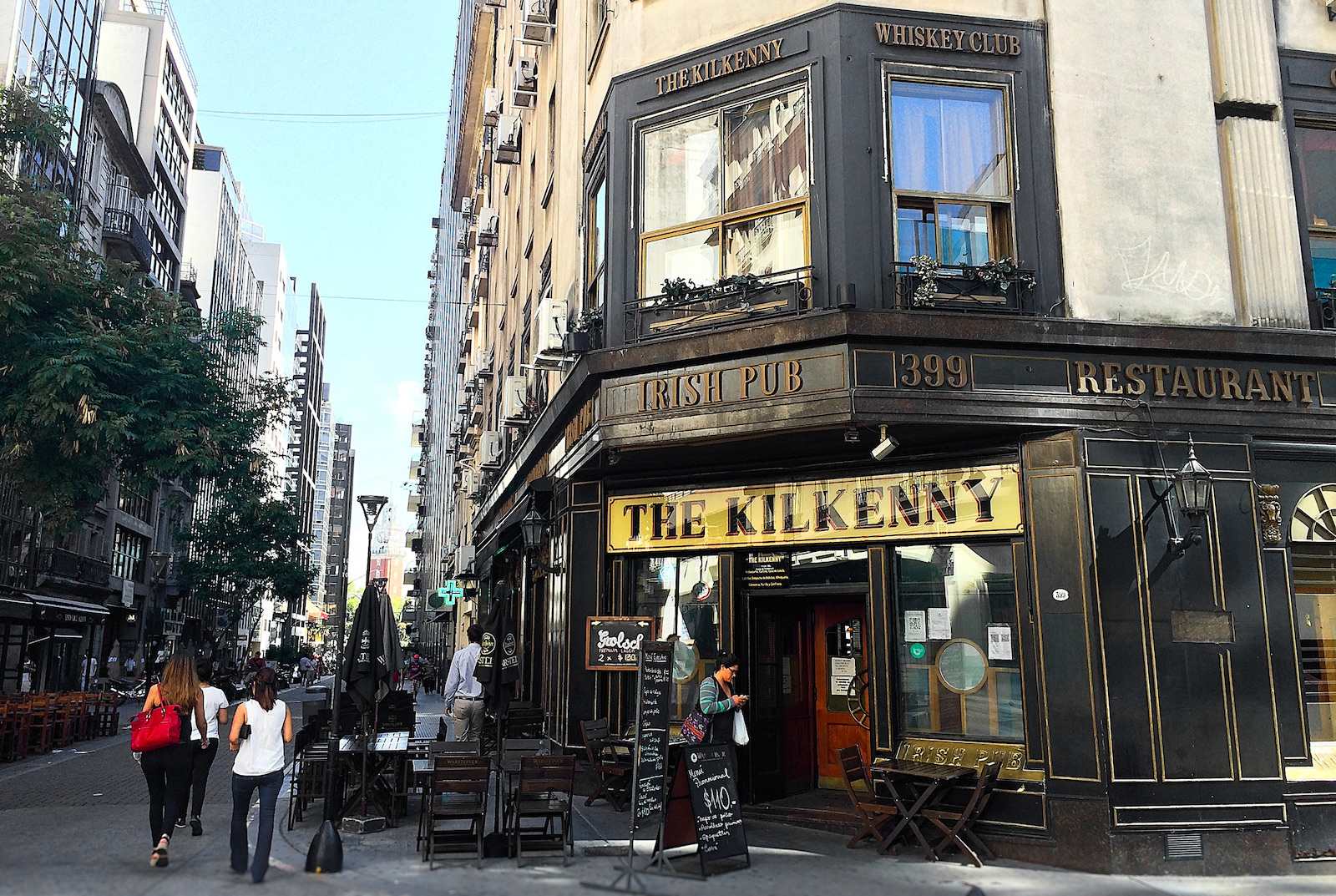
Irish culture is also divided, like the country and the main differences are between the Catholic and Protestant religions, as well as political views. Overall, the people of both Northern Ireland and Ireland are extremely friendly. In fact, Ireland is often boasted as being one of the warmest and most welcoming nations.
While the people may not agree or have the same views, they still share a common culture. Some of the most famous cultural influences from Ireland is the shamrock, pubs, music, dancing, and literature.
The shamrock was made famous by St. Patrick, who is widely celebrated today on the 17th of March annually, and many Americans will be famous because it has become a drinking holiday in the States. This is just one example of the global outreach of Irish culture. Pubs are another Irish staple, and they are used as a meeting place between friends and family.
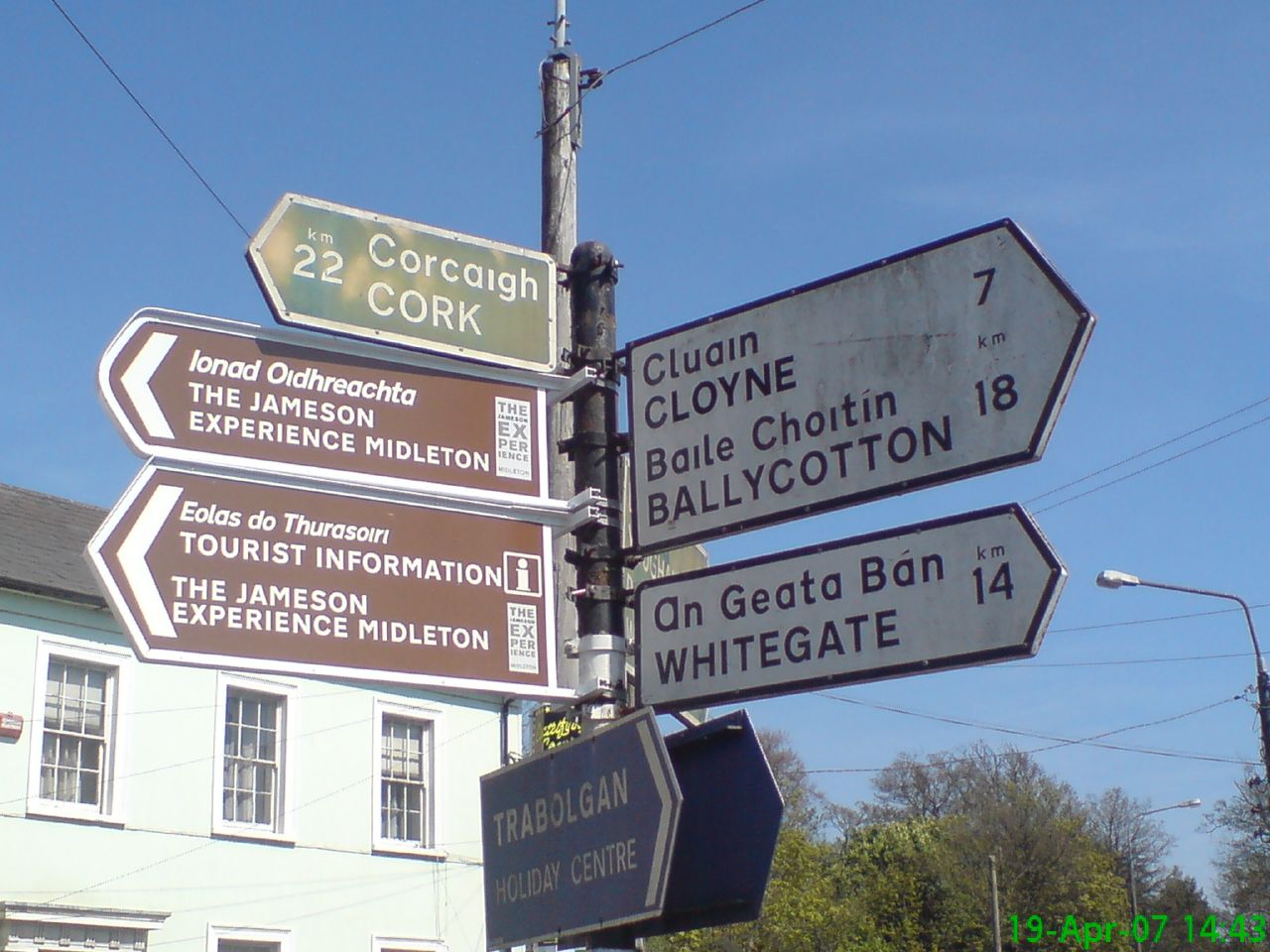
Music and dance are also deeply ingrained in their culture, with some of the most famous being the Irish stepdance. Finally, literature is another way that Ireland’s culture has spread throughout the world, with famous authors like Oscar Wilde, C.S. Lewis, and Bram Stoker all coming from the country.
Official Language
Ireland honors their history and has made Irish Gaelic its first official language. However, only 30% of the country’s approximately 7 million citizens (as of 2021) are able to speak the native tongue, and an even lower percentage use it regularly. Instead, the second official language, English, is the most commonly spoken.
For travelers, this often makes Ireland easy to travel to because there is no language barrier. Though some people have strong Irish accents, the people are always happy to help point you in the right direction. However, due to Ireland’s close proximity to mainland Europe, you may stumble upon hearing other European languages on the streets too.
Spending Budget
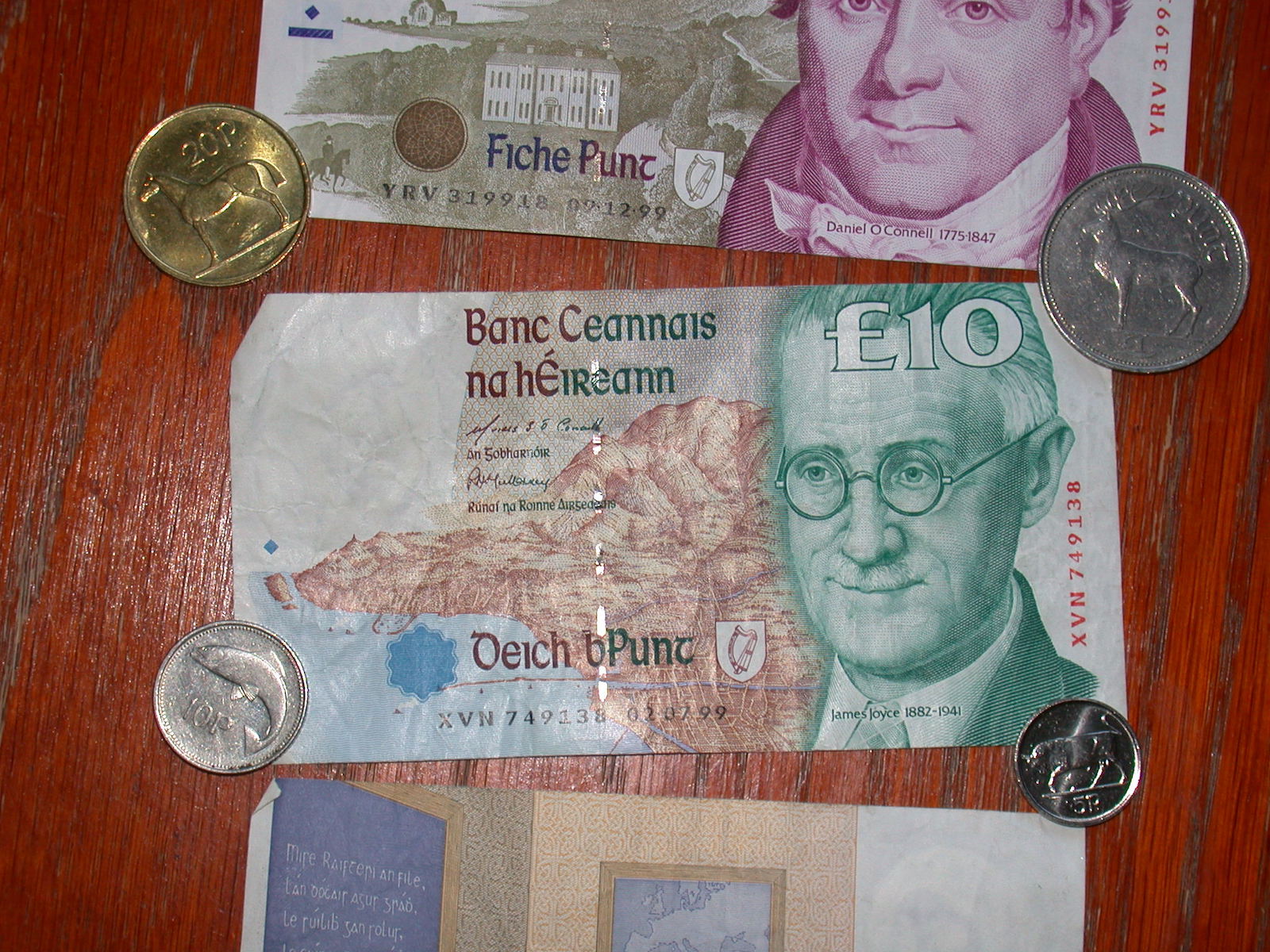
While some people want to just go with the flow, this method of traveling isn’t the best way to experience your vacation because you may be surprised by the cost of things upon your arrival at your destination.
Ireland isn’t the best place for backpackers’ budgets because it is quite expensive. However, that doesn’t mean that it should be skipped. Instead, travelers who plan their budget can make Ireland affordable and still enjoy their time in this country. Airfare, accommodation, food, drink, and transportation are the most important parts of your budget.
Airfare
Airfare is always important because it costs a lot to travel thousands of miles. The average cost of a flight from the United States to Ireland is close to one thousand dollars, depending on where you travel from. If you really don’t or can’t fit that into your budget, you may decide to travel with flexible dates and wait for a time when you can find a special deal or price.
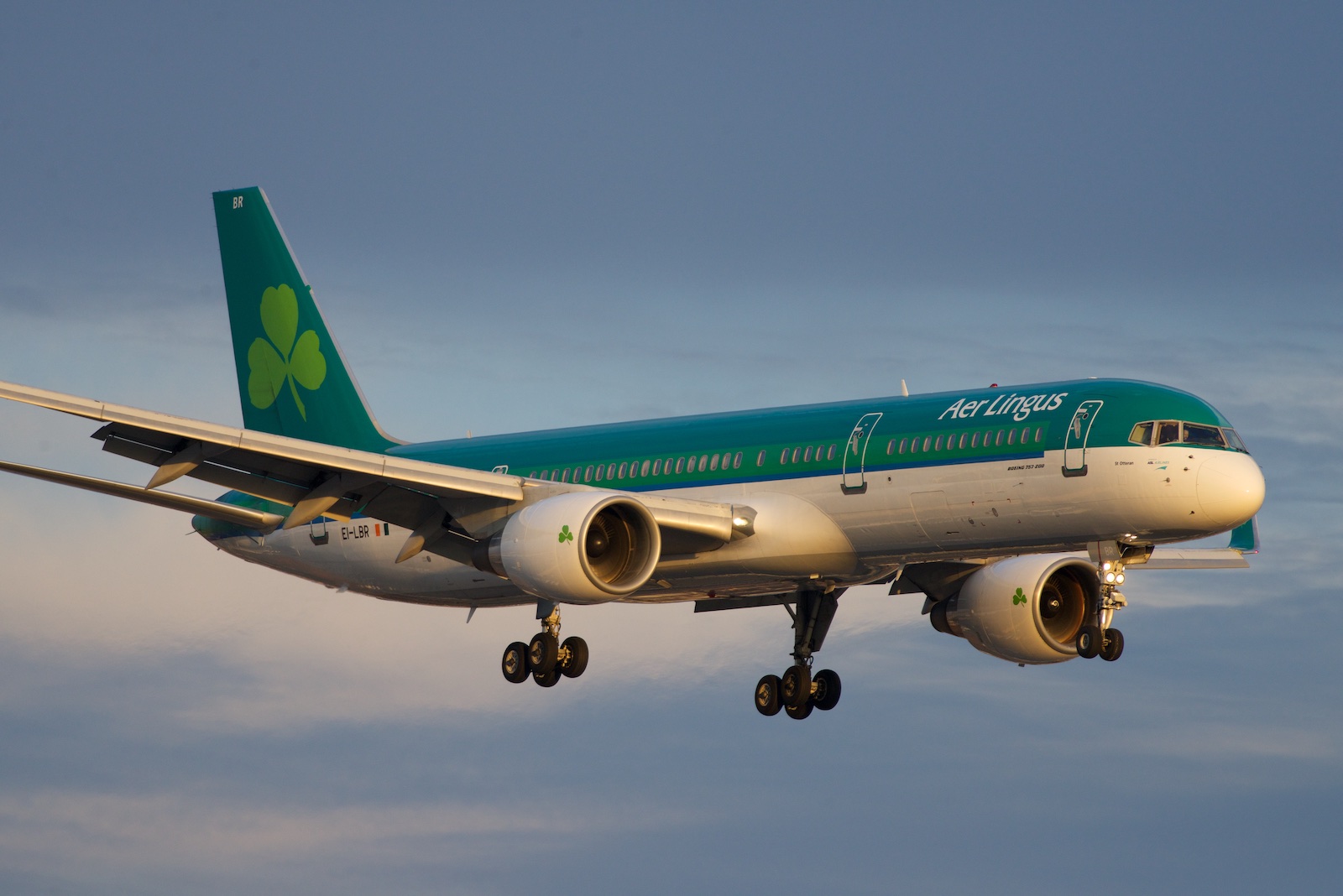
The price of an airline ticket can also be affected by when you plan to travel to Ireland and the timing of booking your ticket. Ireland’s peak season runs from June to mid-September, and these are the months when tickets will be slightly more expensive.
If you find a good price or deal, booking it immediately can help ensure that you won’t be stuck delaying a trip further or paying more for your seat on the plane.
Accommodations
Getting there is only the beginning, and you can’t sleep on the streets in Ireland. Instead, you’ll need to take the time to find and factor in the cost of accommodation. Unlike some areas in the world, the cost of hostels is rather expensive. If you go to countryside destinations, hostels are likely going to be more affordable.
However, not everyone wants to stick to a backpacker’s budget. If hostels aren’t your preference, hotels or bed and breakfasts are another popular type of accommodation that can be found throughout Ireland. But if that still doesn’t suit your taste and you are willing to raise your budget further, 4-star hotels often cost a few hundred dollars a night.
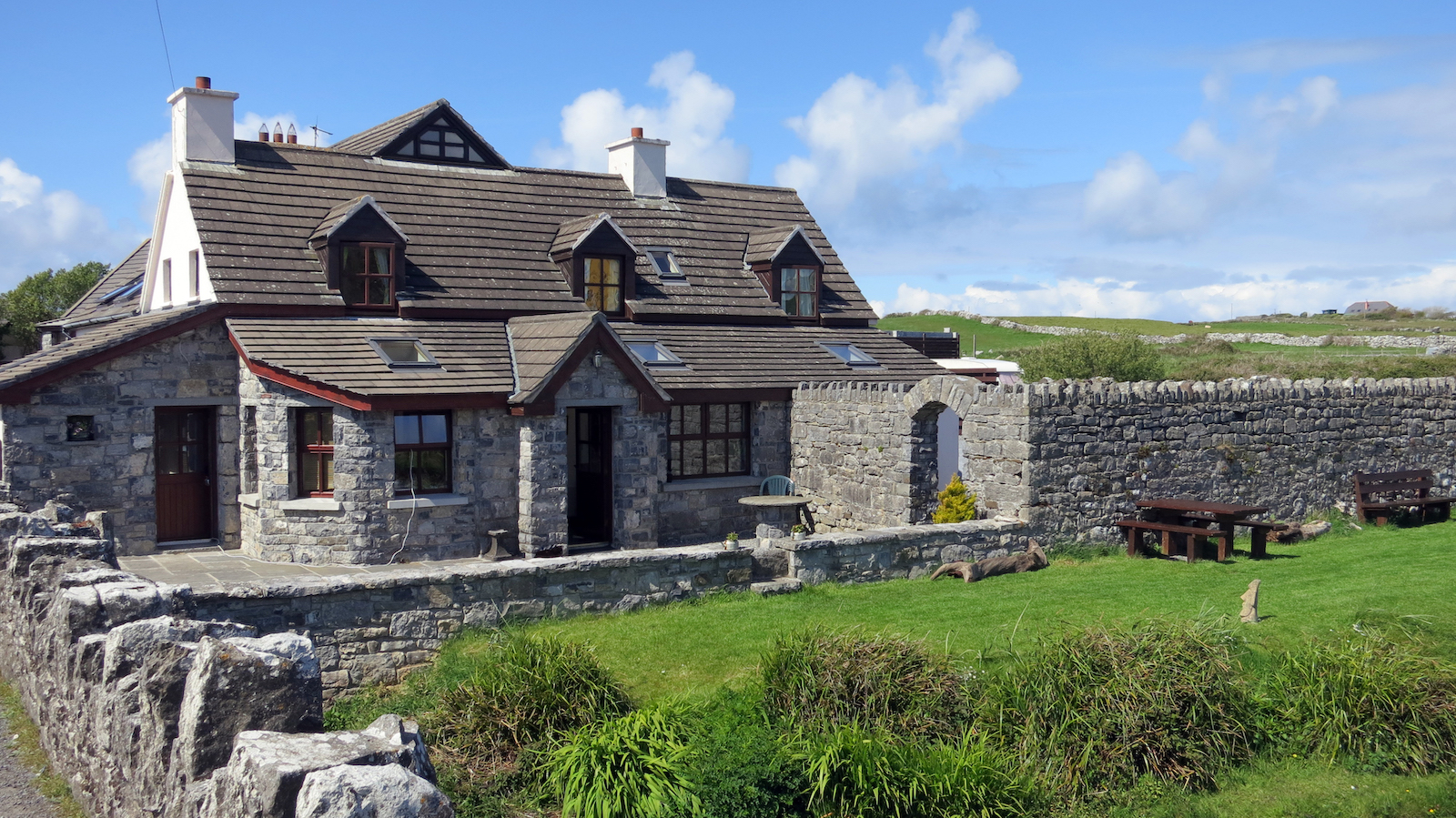
All accommodation options will be more expensive in the big cities, and one way to cut down on costs is to look at an alternative to hotels – Airbnb. This company allows you to book private residences, and prices are often more affordable than hotels. Many Airbnb locations can be booked for a moderate fee.
Irish Food
If you aren’t booking a place with meals, it’s important that you also budget the cost of dining. Irish cuisine reflects not only the country’s culture but also its past struggles. Food is a way to connect to the local people and better understand how they have lived off of the land for centuries. Irish cuisine has rich bases in their local crops, animals, and island geography.
Potatoes have always been an important crop for the Irish, though carrots and cabbage are important vegetables too. Lamb, mutton, or beef are the go-to for carnivores, while sausage and bacon are the pork favorites.
Irish stew is one of the national dishes that once reflected the hardships of the people and has not been made into a homemade dish with a hint of gourmet. The stew was once a way to soften the toughest meat, though now it is just a favorite – especially if used as a hangover cure.
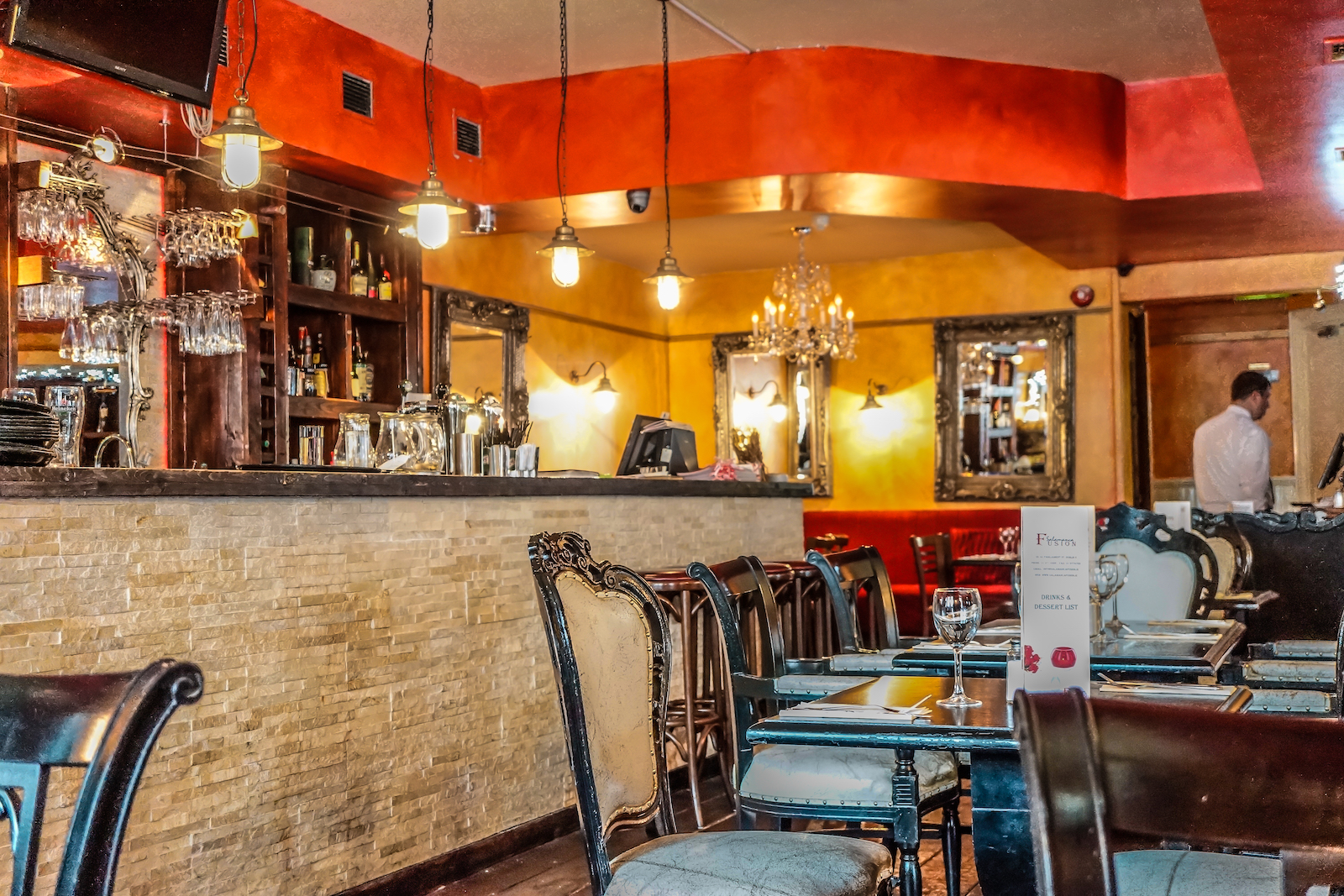
The full Irish breakfast may sound familiar; however, unlike England’s take on this daily dish, Ireland incorporated both black and white pudding into theirs. A good side dish is a colcannon, which is traditional mashed potatoes mixed with cabbage or kale.
Another dish that reflects its past is boxty pancakes. These are potato-based pancakes that were once eaten in poor communities, though they have now become a breakfast tradition.
Dining Out
Most travelers will want to dine out at some point to taste Ireland’s authentic cuisine. And with a range of prices, it’s important to budget your spending. Cafes and pubs will often offer the most affordable meals while mid-range options will be still fairly priced. However, if you want the best of the best, you should expect to see prices quickly climb.
Drinking is also ingrained in Irish tradition and culture, with Guinness being the world-famous Irish beer. While most people are looking to drink pints, there are plenty of alcoholic options. Drink prices will also vary depending on what you’re looking for. A beer will be a cheaper option while cocktails can be on the more expensive side.
How to Get Around
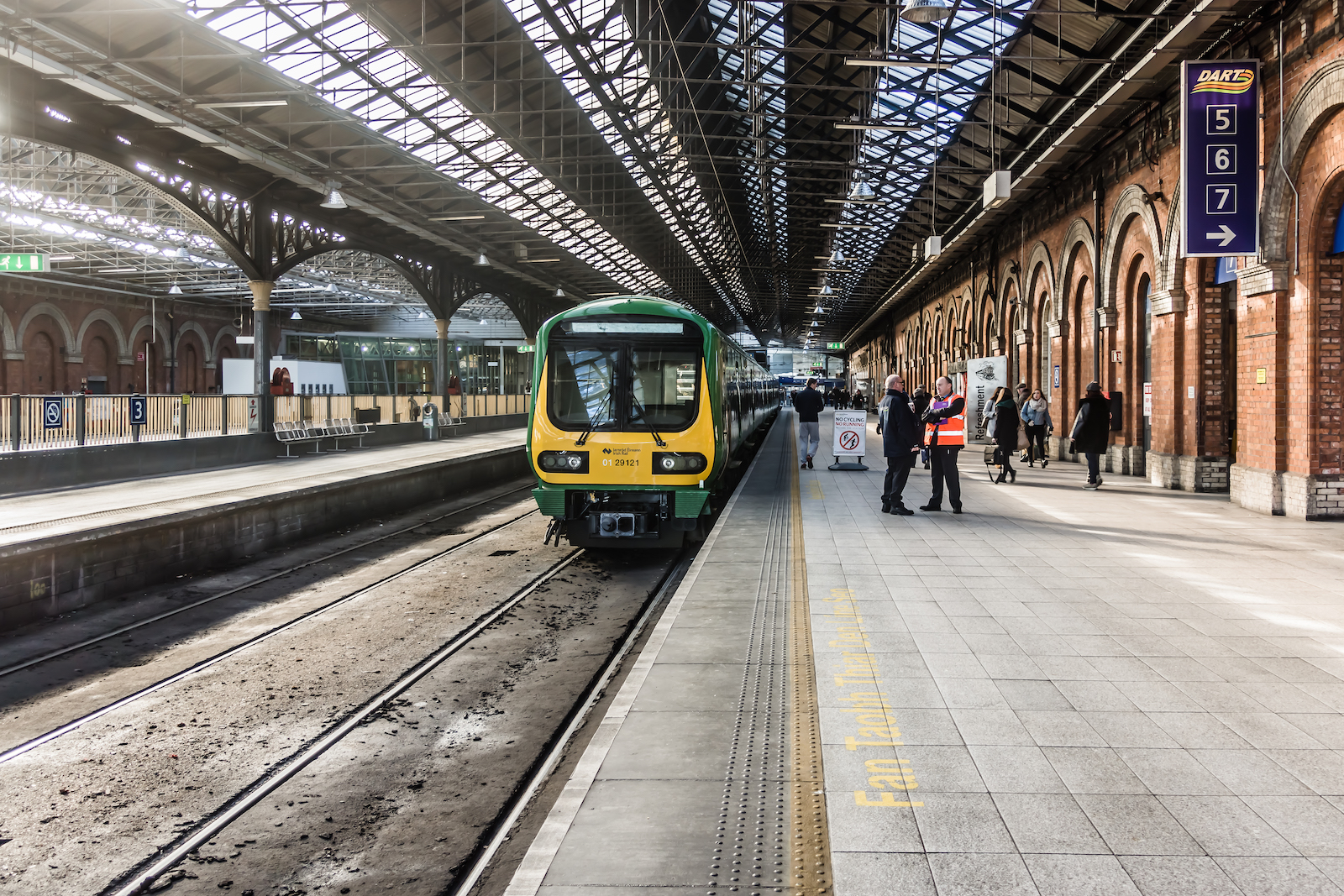
One more part of your budget that we need to discuss is transportation. There are a lot of different places to visit and explore in Ireland, so staying in one city is highly unlikely. This means that you need to be prepared to pay for your various transportation methods.
Trains
Domestic flights are not as popular in Ireland, and the preferred methods are by bus and train. This is because there are more options for travel times with buses and trains. Plus, they are more affordable. Even if you’re going a longer distance, you’ll be provided with stellar views during your couple hours of travel.
Buses
Slower but more affordable, buses are a great way to get around. While short rides will be rather cheap, longer journeys will be priced a bit higher. There are deals that you can find, especially if you book online. And like airline tickets, it’s better to reserve your seat in advance.
Public Transportation
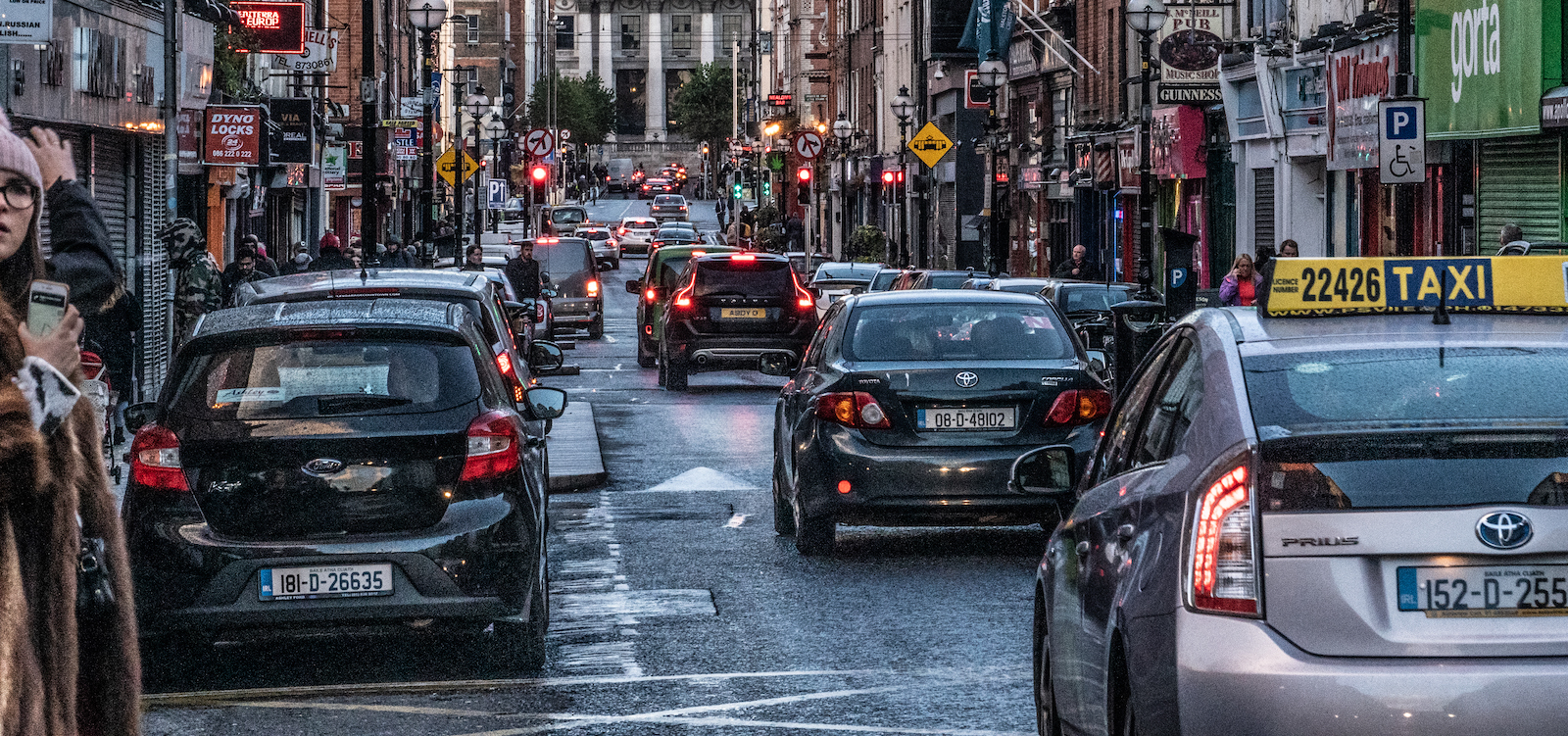
Public transportation is the best way to get around Ireland’s cities, and most tickets will be fairly cheap. Taxis are another option, and you’ll find that they are decently priced for a short ride. If you’re looking to get around on your own, but don’t want to drive, bicycle rentals are a great way to see different cities.
Finally, walking is free, and it allows you to get more in tune with the local lifestyle. Ireland is a safe country, and you can confidently stroll the streets, but you should take caution if you choose to walk alone or at night.
Top Cities to Visit
While Dublin and Belfast are the two most famous cities in Ireland, there are three more that we think are worthwhile to visit too. Home to castles, churches, and delicious cuisine, you should try to explore as much of the country as possible while visiting. To give you an idea of where to go, here are the top city destinations in Ireland.
Dublin
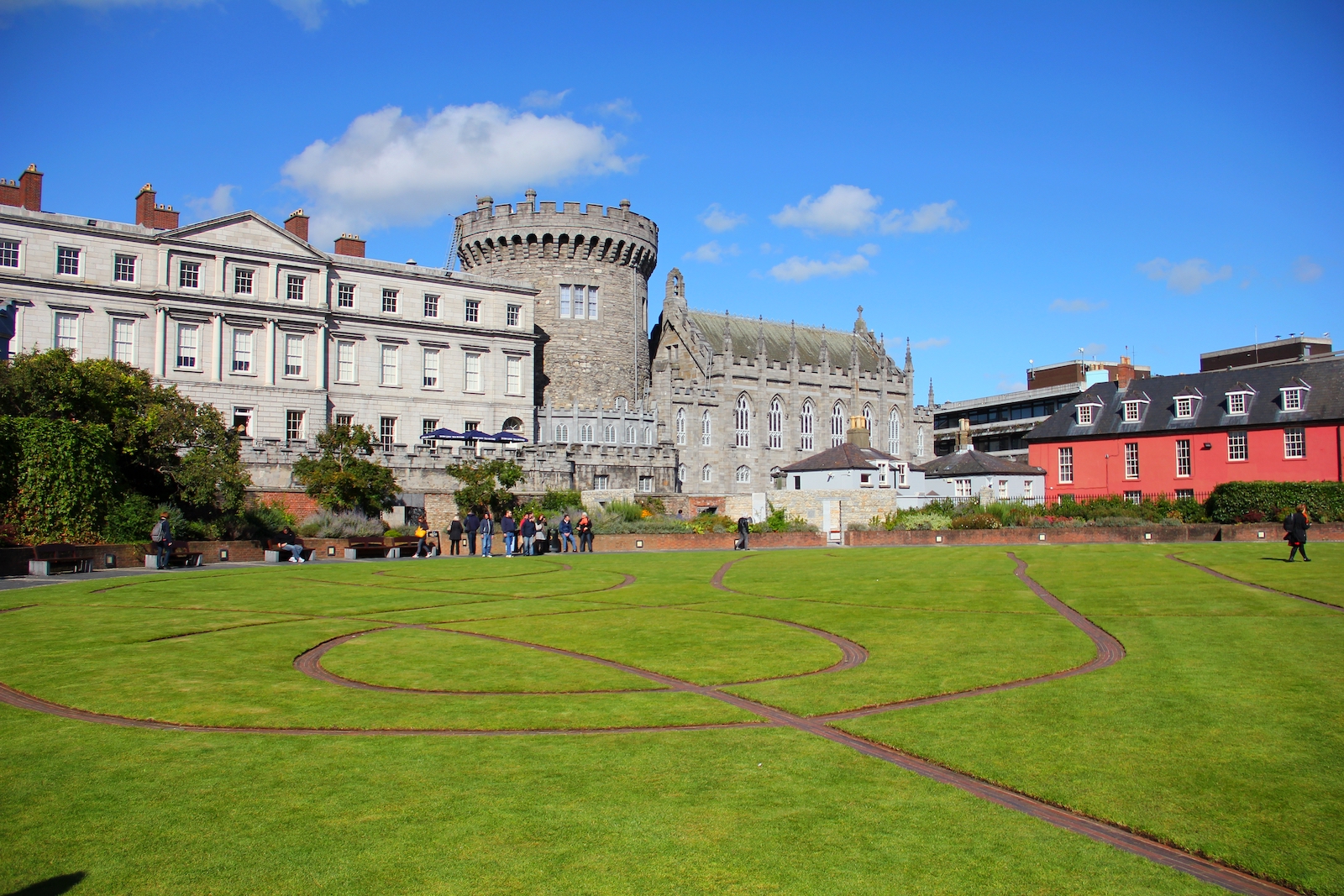
Often the gateway and your introduction to Ireland, Dublin is the hopping capital of this magnificent country. With history paving the streets, this capital has risen in popularity due to its lively personality and popping nightlife.
Visitors can also learn about Ireland’s history and visit important sites like St. Patrick’s Cathedral or Dublin Castle. The National Museum of Ireland is also a hit as it allows you to explore Irish culture and understand its heritage.
Belfast
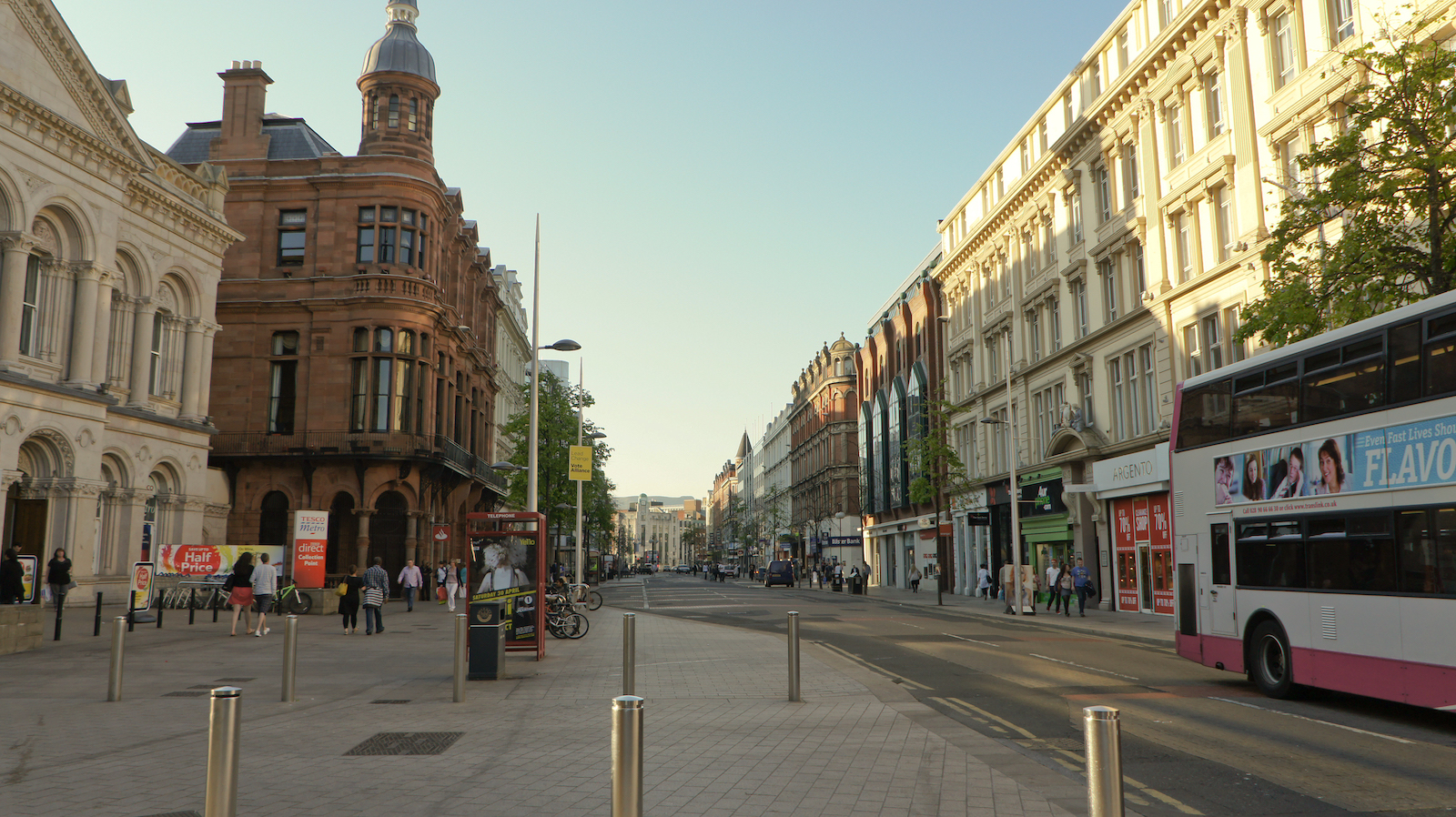
Officially the capital of Northern Ireland, Belfast is most famously known for being the Titanic’s birthplace. The riverside location made it ideal for numerous docks, and many shipbuilders began to set up in the city. Now, you can visit the Titanic Belfast Museum to learn more about the famous ship and area’s industrial history.
Cork
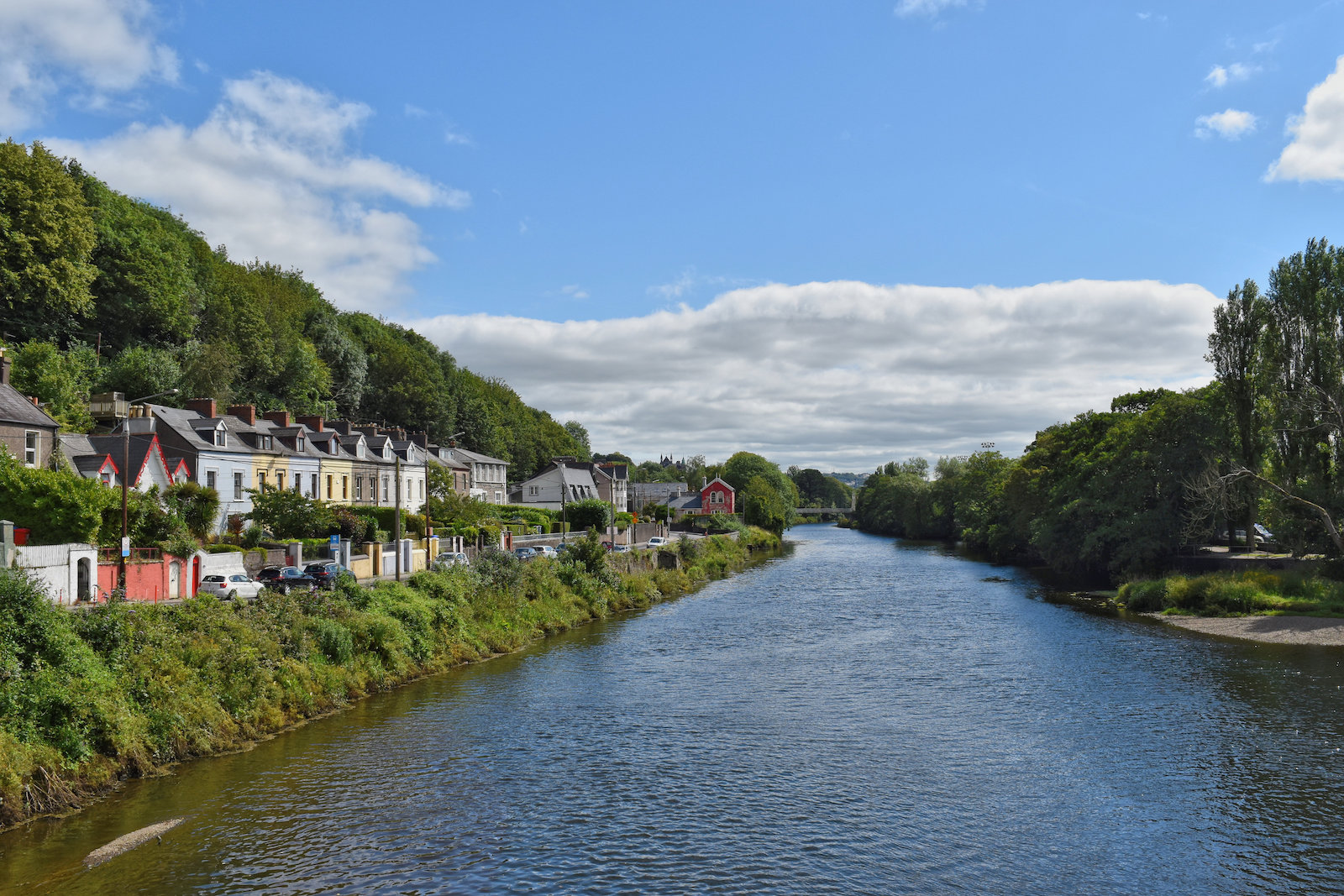
One of Ireland’s most famous sites, Blarney Castle, is located near Cork, and for this reason, has become a hotspot on the map. This town has taken its historic opulence and turned it into a hipster vibe as numerous coffee shops, galleries, and markets have sprung up.
Cork is also the gateway to southern Ireland and a great place to stop before you head off to other delights like Killarney.
Galway
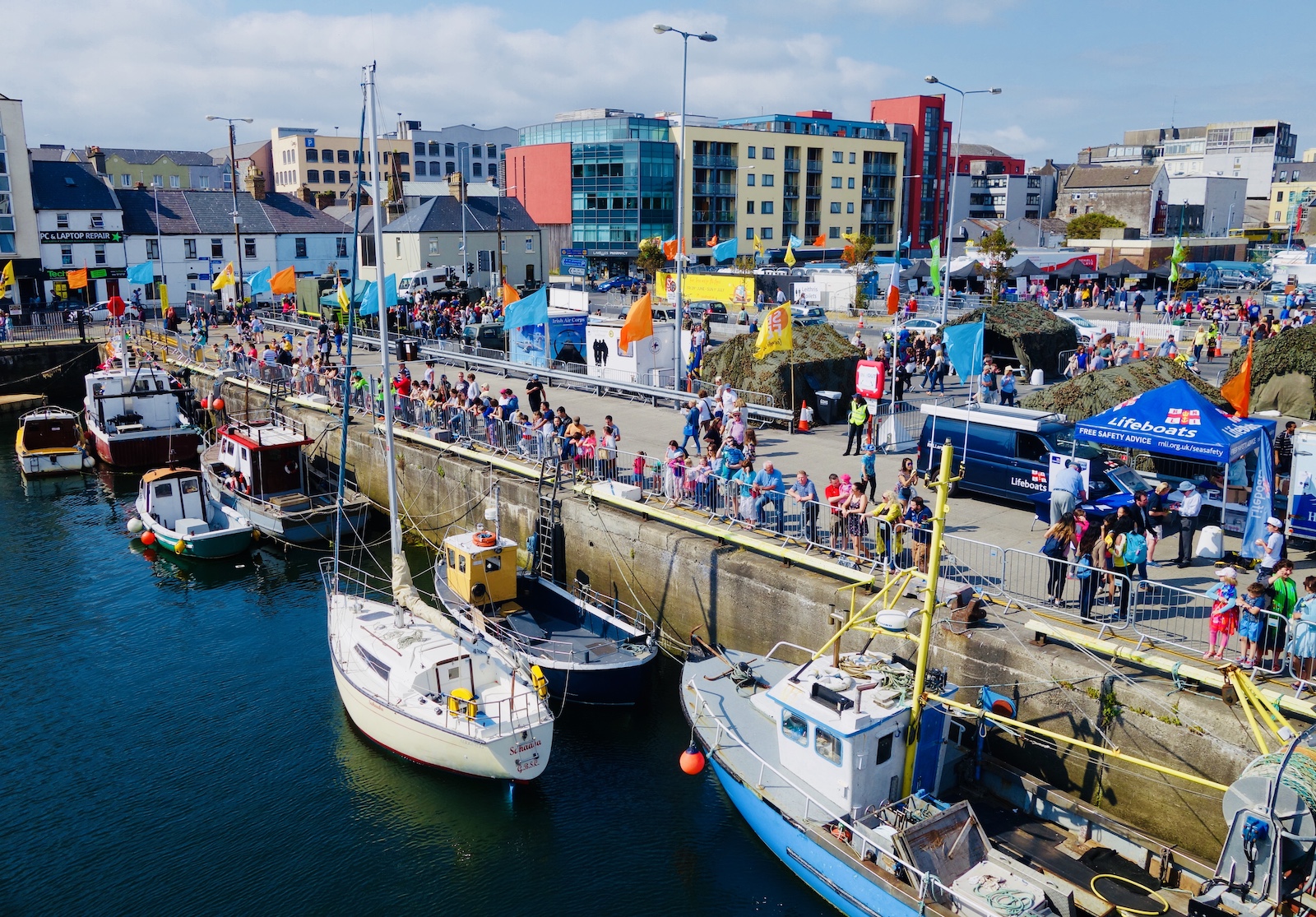
Famous for its oysters, Galway’s importance goes beyond Irish cuisine. This city is also known as the cultural capital of Ireland and the best place to do your souvenir shopping. With multiple crafts available for purchase, you can stop here to take a little piece of Ireland home with you. The city is also located nearby the Cliffs of Moher, which are a major tourist attraction.
Kilkenny
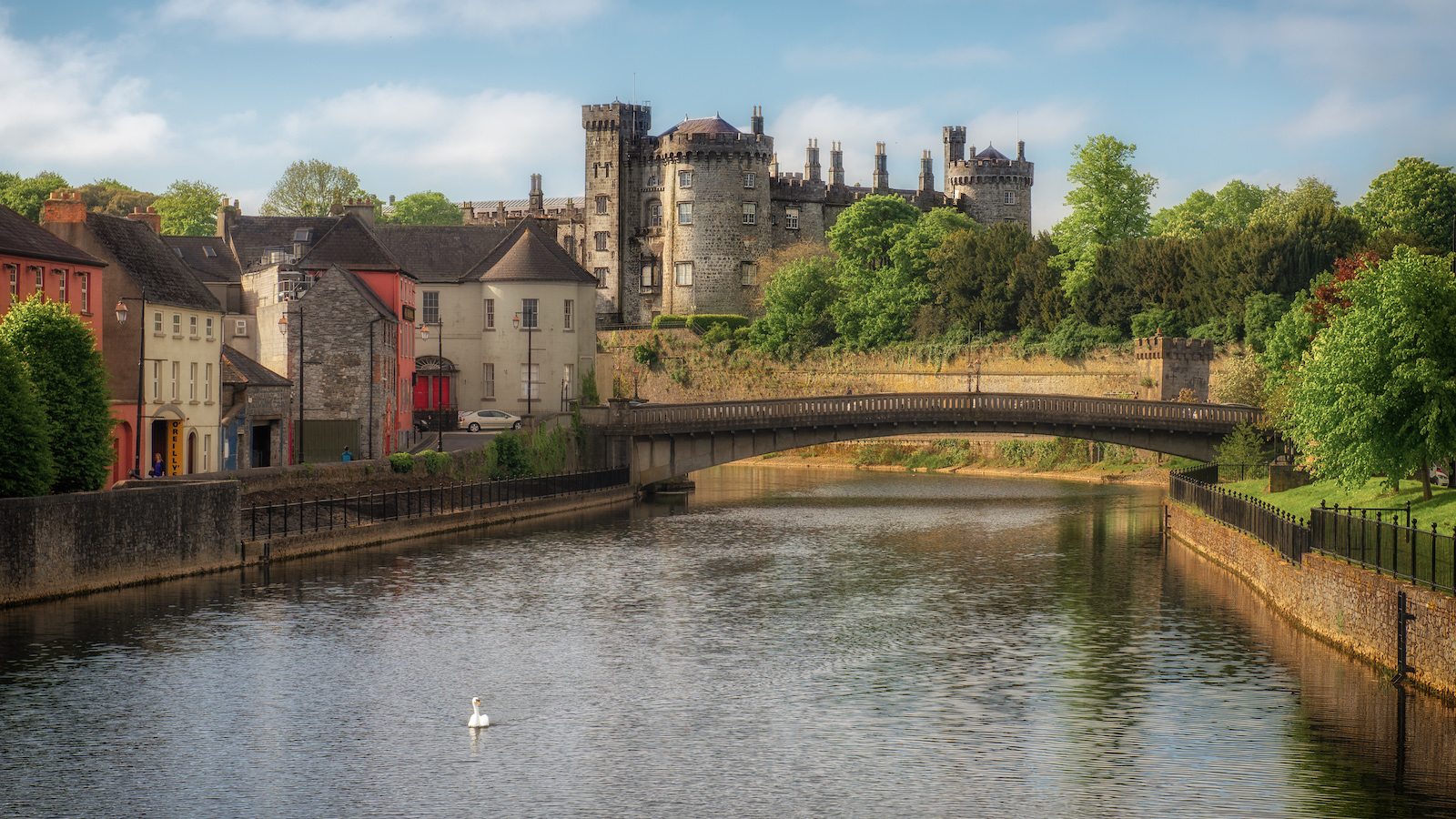
While Kilkenny may be Ireland’s smallest city, it still packs a punch. This tiny concentration of people is most well-known for its Kilkenny Castle, which is completely open to the public. A great place to experience the history of Ireland in a laid-back and quiet location, there are endless restaurants and cafes to explore.
Points of Interest
Filled with amazing places and breathtaking views, Ireland is home to numerous natural attractions. Listed as world heritage sites and used as backdrops to some of the most iconic films, your itinerary will be packed if you try to see them all. Here are some of the top tourist destinations in Ireland worth visiting.
Giant’s Causeway

Listed as a UNESCO World Heritage Site, the Giant’s Causeway is Northern Ireland’s most famous natural landscape. Over 40,000 basalt columns have risen up along the seaside and played into the myths of ancient giants that once roamed the Irish landscape.
Though the Giant’s Causeway has been made more famous in recent years as it was once a filming location for Harry Potter and the Deathly Hallows Part 1.
Cliffs of Moher
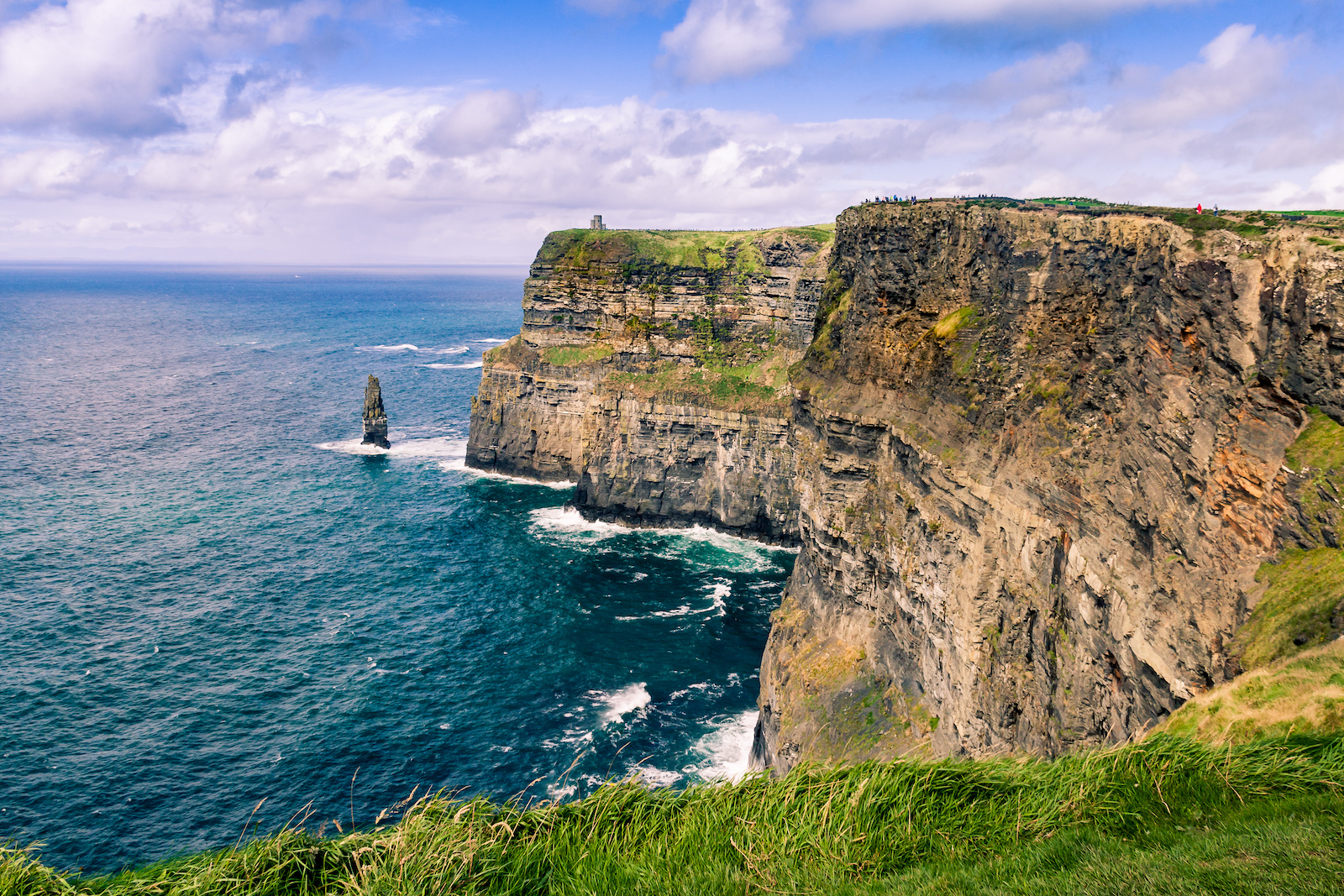
The Cliffs of Moher are one of the most famous landscapes that Ireland boasts because of its dramatic drops and fresh greenery. These are Ireland’s most visited natural sites, which has also been solidified by the clicks of cameras and published postcards.
The beauty needs to be experienced first-hand, and no trip to Ireland is complete without witnessing the all-powerful enchantment of nature.
Ring of Kerry
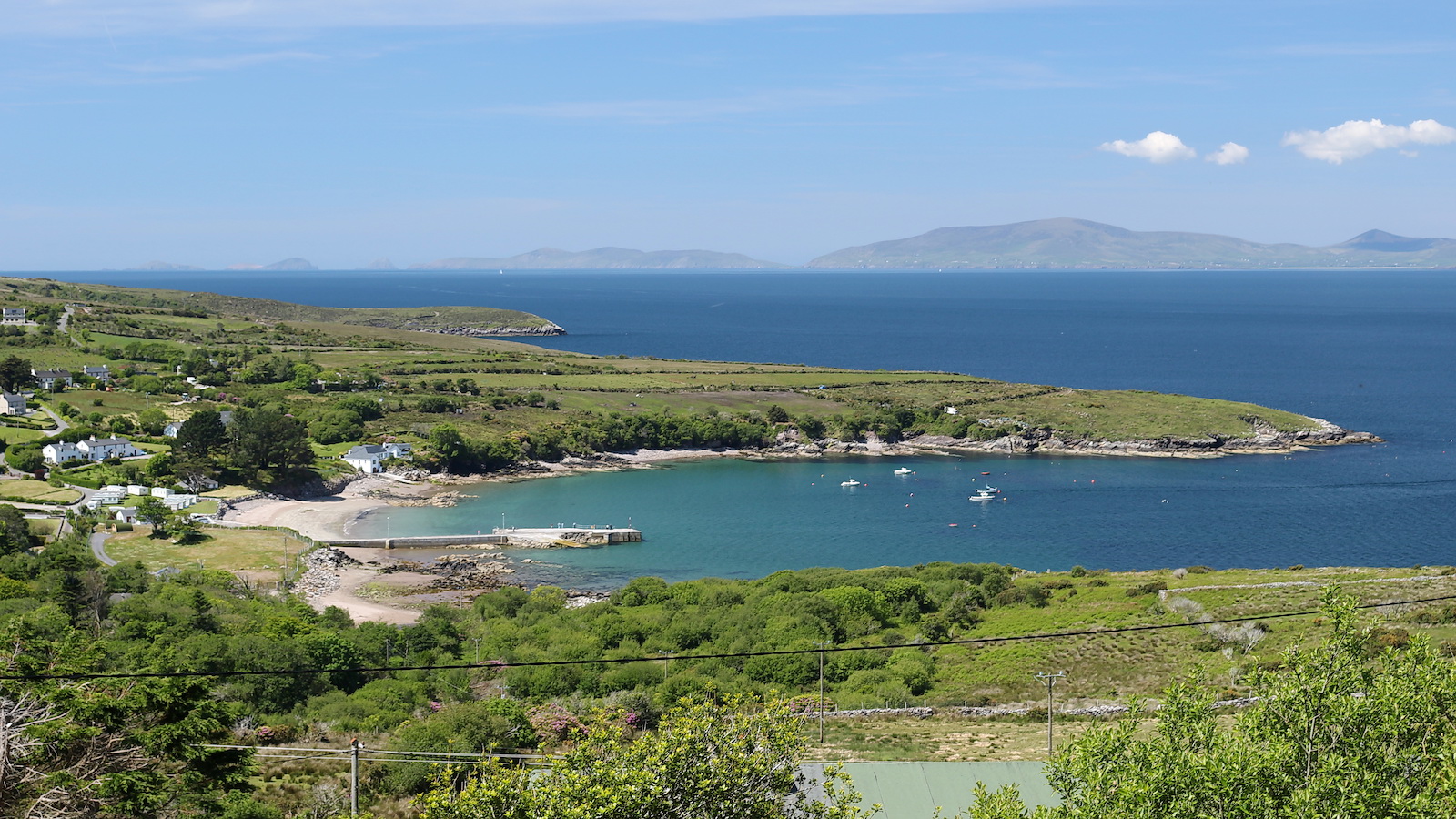
Stretching along the Atlantic Coast, the Ring of Kerry is Ireland’s most scenic drive that will wow you with its beauty. The clear water and pristine beaches are just part of the highlight of the journey, and there are plenty of outdoor activities that can be booked for your entertainment.
Glendalough

Glendalough is one of Ireland’s monastic sites and was originally settled all the way back in the 6th century. Visitors come to the area to step into Ireland’s past and appreciate the ancient architecture. The lakeside location also makes it a great place for some relaxation on a busy trip.
The Aran Islands
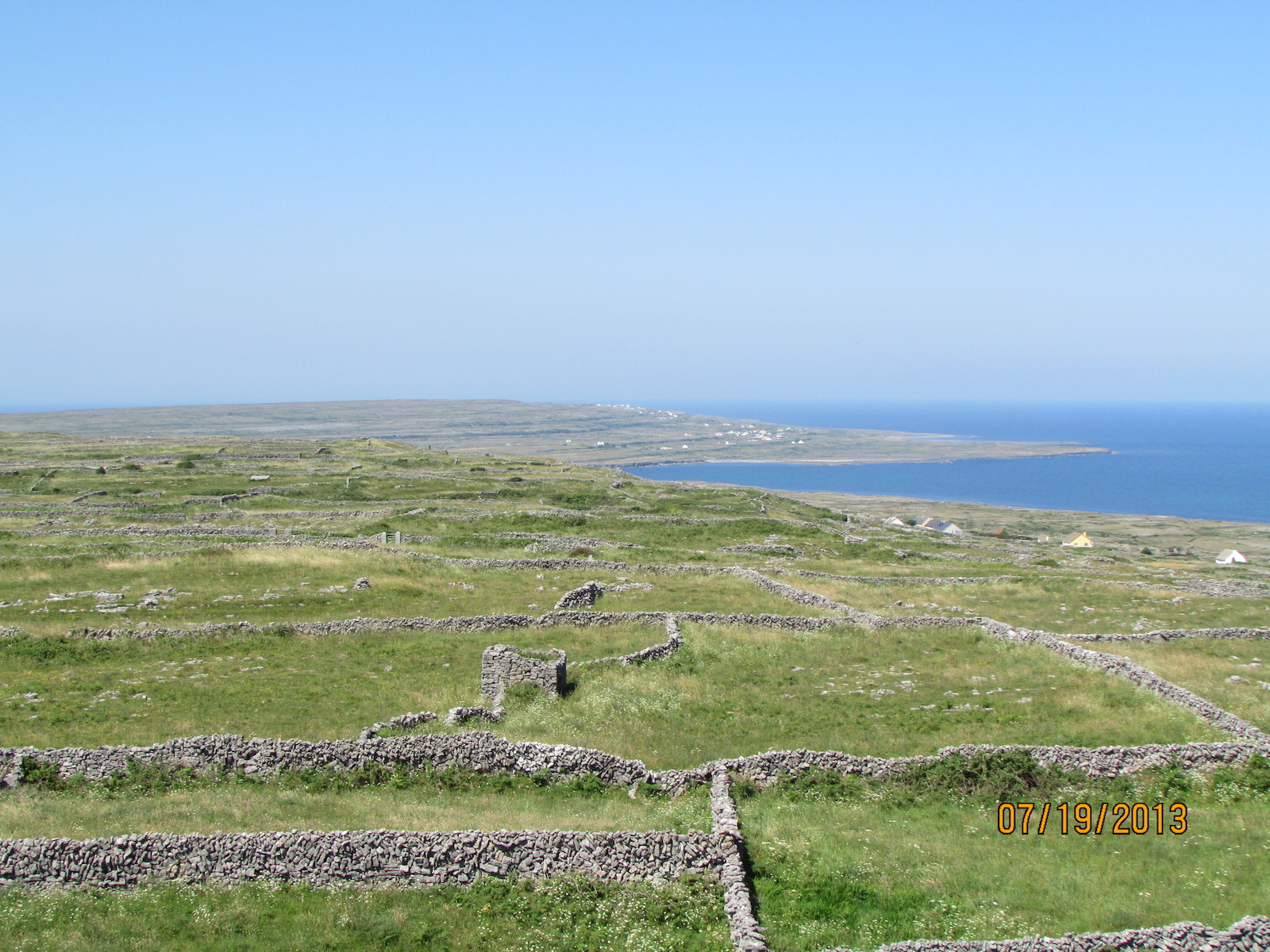
If you want to see Ireland in its most ancient form, the Aran Islands are the place to go. Here, the Irish Gaelic language dominates, and the three small islands will take you back to a time when Ireland was completely wild. With a culture unique in its own right, this is the Ireland you would have experienced years ago.
The Rock of Cashel

Dating back to the 12th, 13th, and 15th centuries, the Rock of Cashel is Ireland’s top and most visited heritage site. The small cluster of buildings has been preserved and sits perched atop the limestone rock formation. With daily tours, you can learn more about its history as you carefully tread through the hallow grounds.
The Emerland Isle

The never-ending beauty of Ireland not only stretches through the vast landscapes but also into the heart of its people. The country’s extensive history is one that shouldn’t be forgotten, and with numerous historic sites that are now preserved, visitors can experience the past for themselves.
With so much to do and see, Ireland is a place that will likely entice you into taking a return trip.


 What Is Iceland Most Famous For?
What Is Iceland Most Famous For?